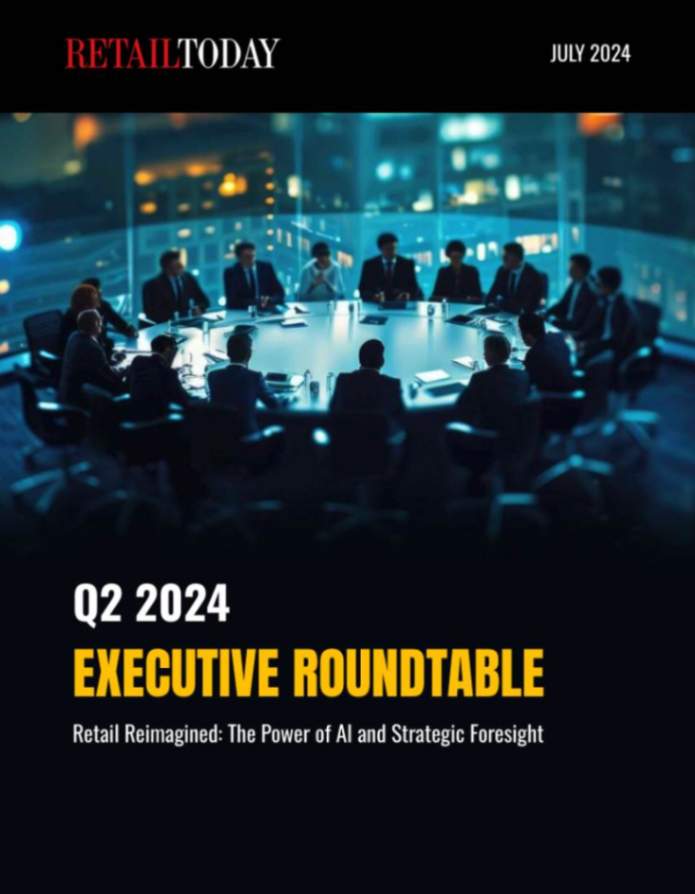
Listening to and understanding the consumer is important if you want to win in a competitive marketplace.
Recent news about some grocery brands eliminating or reducing the delivery of print ads highlights how advertisers may not always be in tune with the needs and shopping mindset of the consumer. Grocers who made the decision to pull the plug on mailed circulars in select areas certainly heard a loud and clear response from unhappy customers. Customers voiced their displeasure posting, “Now more than ever we need to plan ahead, and the mailed print ads were a great help” and “I talked to a lot of people who say they’ll shop elsewhere because of this.”
Beyond customer backlash, the result of this business decision affects the bottom line. Some retailers like No Frills grocery in Canada quit printing weekly ads during the Covid pandemic and quickly felt the pain of the decision. According to Coupons in the News, “a customer-tracking firm reported that visits to No Frills dipped 2% after the announcement – a small but significant decline for the low-margin grocery business.” No Frills reversed their decision and by October of that year, printed ads returned.
Vericast also studied seven different grocery banners representing more than 75 locations to determine the sales impact of removing their print circulars in 2022. According to third-party debit and credit data, all banners experienced a negative sales impact. While retailers collectively saved $1.8M by not distributing the print circular, they collectively experienced a $23M decline in sales.
Data proves that the weekly, printed, mailed circular is the #1 source for finding deals. And, according to Vericast’s Awareness-to-Action research, 40% of consumers are spending more time reading mailed promotions and coupons due to rising prices. This is particularly higher for millennials, millennial parents and those who are financially very comfortable, showing that virtually all consumers are looking for some inflation relief regardless of income level.
Eliminating direct mail advertising may have these effects on your grocery business:
- Loss of revenue. Inflation has taken its toll on personal finances and people are seeking deals, which means grocers are going to struggle to ‘win the trip’ as they reduce customer’s exposure to deals. Data shows that 30% of consumers only buy products when they’re on sale or with a coupon or discount, and 7 in 10 consumers regularly use print grocery ads to plan their shopping. If they don’t receive weekly ads in the mail to inform them of deals, they may go elsewhere.
- Eroded loyalty. Data shows that inflation has affected consumer loyalty and that a good deal often eclipses convenience, with 63% of consumers saying rising prices are causing them to be less brand loyal. With loyalty already at risk, eliminating direct mail advertising will alienate your loyal customers who may never return – especially the digitally disconnected.
- Brand damage. Grocery circulars get relevant offers into the hands of consumers. These physical and visual ads are a crucial way to keep you top of mind and drive customers to stores. Without them, you risk falling behind competitors in terms of brand awareness and recognition.
Deploying a smarter digital experience is absolutely the right thing to do for business, but deploying a purely digital weekly circular experience is ignoring the facts and trends – and all grocers should take note. Print advertising is integral to a winning omnichannel strategy.
Curtis Tingle is Chief Marketing Officer (CMO) of Vericast. He also serves as Head of Print Media Product and continues to oversee the growth and innovation of Vericast’s Save print products and coupon redemption, security, and analysis services. Recognized as an industry thought leader in promotional strategy, coupon trends and evolving consumer purchase behaviors, Tingle has been with Vericast for more than 25 years and brings decades of marketing experience and partnership with companies in many industries. He received a Bachelor of Business Administration degree from Western Michigan University.







